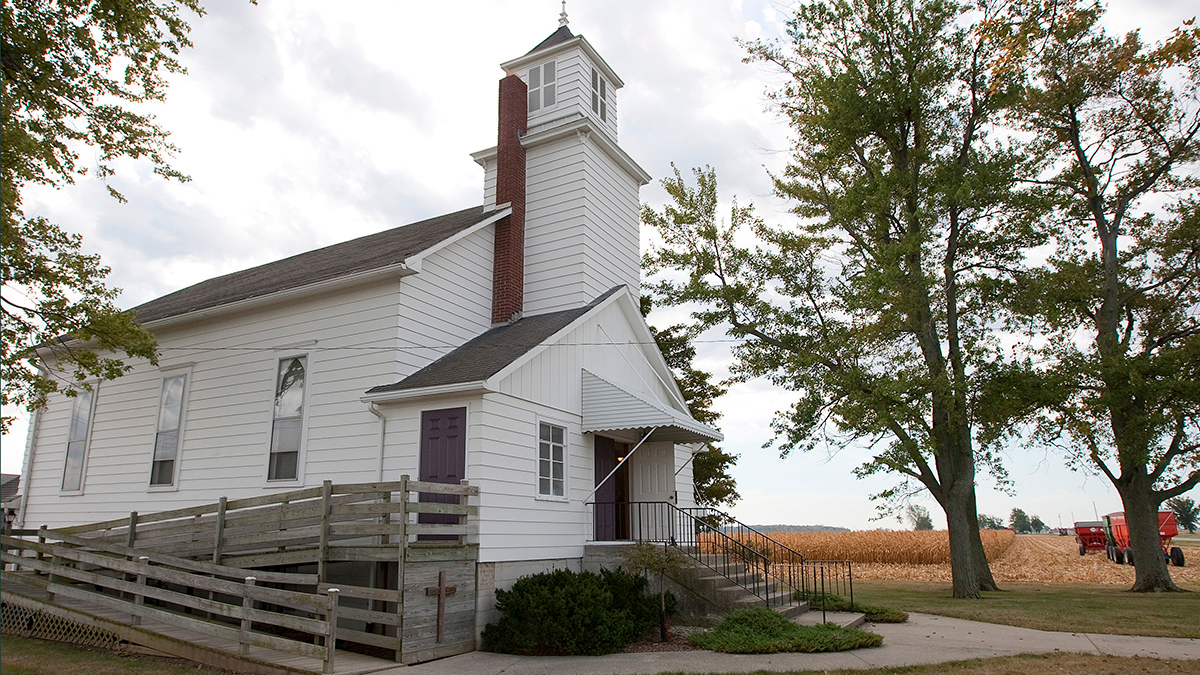
Bigger and younger is not always better when it comes to churches say United Methodist experts who counsel that community connections and effective ministry are better measures of a congregation’s vitality.
Small, rural churches can be as impactful as megachurches, in some cases even more so, if people lose the fixation with attendance, giving and demographics, said the Rev. Allen T. Stanton, executive director of the Turner Center at Martin Methodist College. Stanton’s book, “Reclaiming Rural: Building Thriving Rural Congregations,” was released in May.
“It’s my goal partially to push back against the idea that the goal is to grow a church at all,” Stanton said. “Participation is a fine metric. It is helpful.”
There are, however, many things attendance doesn’t reveal, he said.
“It does not tell you who was formed in that community. It doesn’t tell you what people are learning,” Stanton said. “It doesn’t tell you how many people are living out their values. It just tells you who shows up.”
Rural churches do have quite a landscape to negotiate.
“Rural communities are facing unique challenges that are multifaceted,” said the Rev. Zach Kingery, who is on the leadership team for the Dakotas Connections Initiative, which received a nearly $1 million grant from the Lilly Endowment to test new leadership models and support systems to help rural congregations thrive. Kingery also is pastor at United Methodist churches in Wessington Springs and Alpena in South Dakota.
“It’s not just that (rural communities are) being possibly underserved by a church,” Kingery said. “It’s also access to adequate health care, the education (resources) in the area and the type of employment opportunities. All of those factor into the health of a rural community, as well as the health of the church that is serving that community.”
Rural churches typically do a good job of being connected with their congregants and offering help when needed, Kingery said.
